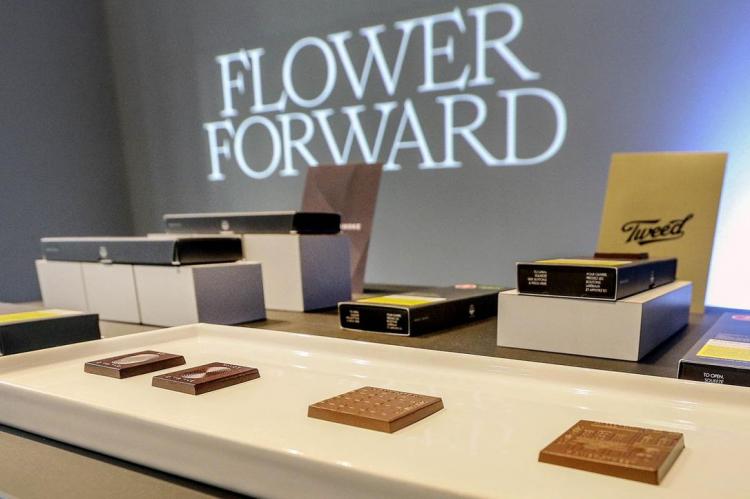CANADA | As the U.S. experience shows, pot edibles need tougher, clearer rules around labelling
Authored by: Jennifer Wells, The Star
Is Health Canada doing its job?
I’m not returning here to the topic of the vaping crisis. But looking ahead to legally-about-to-go-on-sale cannabis edibles.
Six months ago Health Canada announced the finalization of regulations for the production and sale of edibles, extracts and topicals. The news was cheering insofar as the government mandated a cautionary single-dose packaging limit of 10 mg for edibles, which are slated to go on sale as early as Dec. 17. Expect gummies and chews and all things chocolate to be big business. In Colorado, which introduced legal edibles in 2014, the “candy” category quickly shot to the number one spot in terms of spending share, followed by chocolate.
Health Canada said that in writing the new regulations it paid close attention to the edibles evolution in the U.S., noting particularly that the 10 mg limit drew on “lessons learned” in those states that had legalized cannabis.
Packaging in Canada must be plain and child resistant and bear a standardized cannabis symbol — the tricolour stop-sign-shaped symbol features a cannabis leaf in the top two-thirds of the octagon, with the letters THC printed below. As I noted in a column in June, the “win for business” was that only the package has to bear the THC symbol and not the gummy/chew/mint itself.
This was in contrast to Colorado which in 2017 tightened its own laws, requiring that each individual edible be stamped or lasered with the state’s THC symbol — an exclamation mark within a diamond accompanied by the abbreviation for tetrahydrocannabinol. Some edibles makers had to modify their offerings, eliminating sweet cannabis treats that were too soft to take the THC symbol and remaking moulds for gummies to add the THC caution.
What I didn’t anticipate then was the potential for Canadian producers to sell pouches of five unstamped strawberry-flavoured gummies with 2 mg per candy, or milky five-section chocolate bars, similarly unmarked.
As Canadian producers were establishing their edibles lineups, the state of Nevada announced that it had decided to follow Colorado’s lead. As of Jan. 1 of this year, each single serving had to be THC identified.
- Log in to post comments

